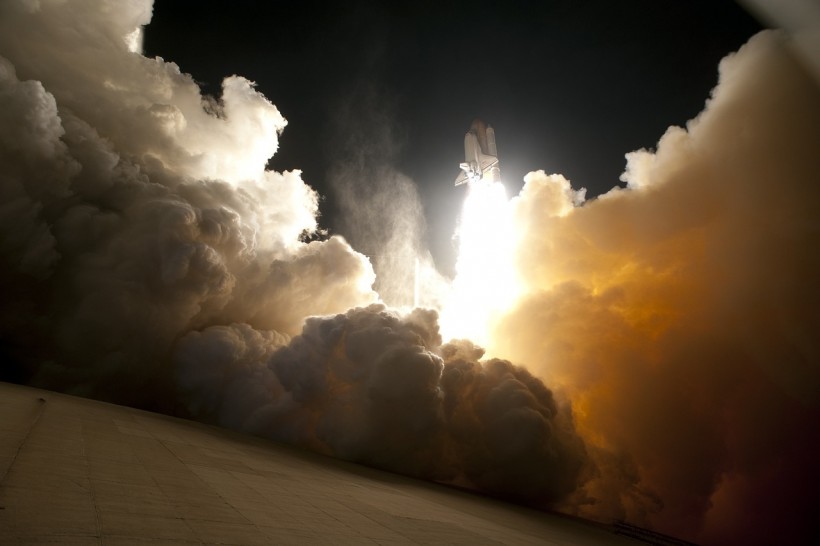In the company's 61st launch of the year, SpaceX deployed new military satellites for the Space Development Agency (SDA) of the US Space Force. This occurred on September 2 after experiencing two days of delays due to technical issues. The launch also enabled the agency to tie in with its flight rate record of the previous year.

13 Military Satellites Deployed For US Space Force
The 13 spacecraft were deployed atop a Falcon 9 rocket. They launched over the Vandenberg Space Force Base in California at 10:26 AM EDT on Saturday. The first stage booster returned to the launch area for its landing to be stuck.
As such, this was the rocket booster's 13th flight. Previously, the Flacon 9 supported the DART, Sentine-6 Michael Freilinch, Iridium OneWeb, Transporter-7, and eight missions related to Starlink.
This is also the company's 260th launch in total. Aside from that, it also marks SpaceX's 61st time to launch this 2023. With four months left in 2023, such a record is already at par with last year's.
ALSO READ: How Did SpaceX Become NASA's Partner in Launching Its Astronauts to Space?
Tranche 0 Mission
This recent satellite launch is also the third attempt to kick off this specific mission. Initially, the Tranche 0 mission was set to be launched on August 31. However, during its first stage, it experienced delays due to the unforeseen response of one of the Falcon 9's nine engines. This caused the launch to be moved back.
Another attempt was made a day later but ended up being postponed 12 minutes before launch. This was because of a valve concern with the ground equipment.
The recent launch is the second of SpaceX that backs up the PWSDA (Proliferated Warfighter Space Architecture), which is a fresh satellite layered network in a low-Earth orbit that supports the provision of worldwide military communication as well as missile alerts, indications, and monitoring capacities.
The earlier PWSA leg occurred last April, wherein the Falcon 9 rocket launched ten satellites from the same base in California.
Both segments work hand in hand in building Tranche 0, a constellation demonstration covering 28 satellites. While most of them are communications craft, some satellites could help with missile detection.
Tranche 0 is but the beginning of the PWSA. The US Space Force will incorporate hundreds of little satellites as part of the plan. New ones would be deployed every few years to boost capabilities and resilience during their orbit.
However, details regarding the deployment of these specific satellites have remained unclear. This is a given, considering the confidentiality that typically surrounds missions related to national security. SpaceX also complied with the SDA's request not to publicize any live videos during the recent launch, with the company's webcast shortly ending after the landing of the first stage of the Falcon 9 rocket booster.
RELATED ARTICLE: Falcon 9 First Stage Booster From SpaceX Launches 52 Satellites as Part of Thousand Starlink Space Missions
Check out more news and information on Space in Science Times.














